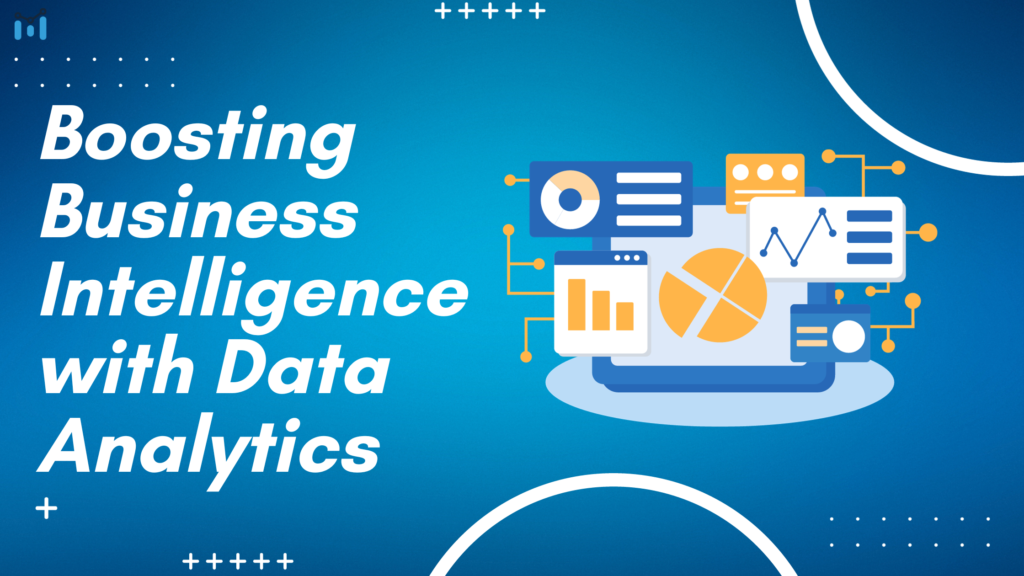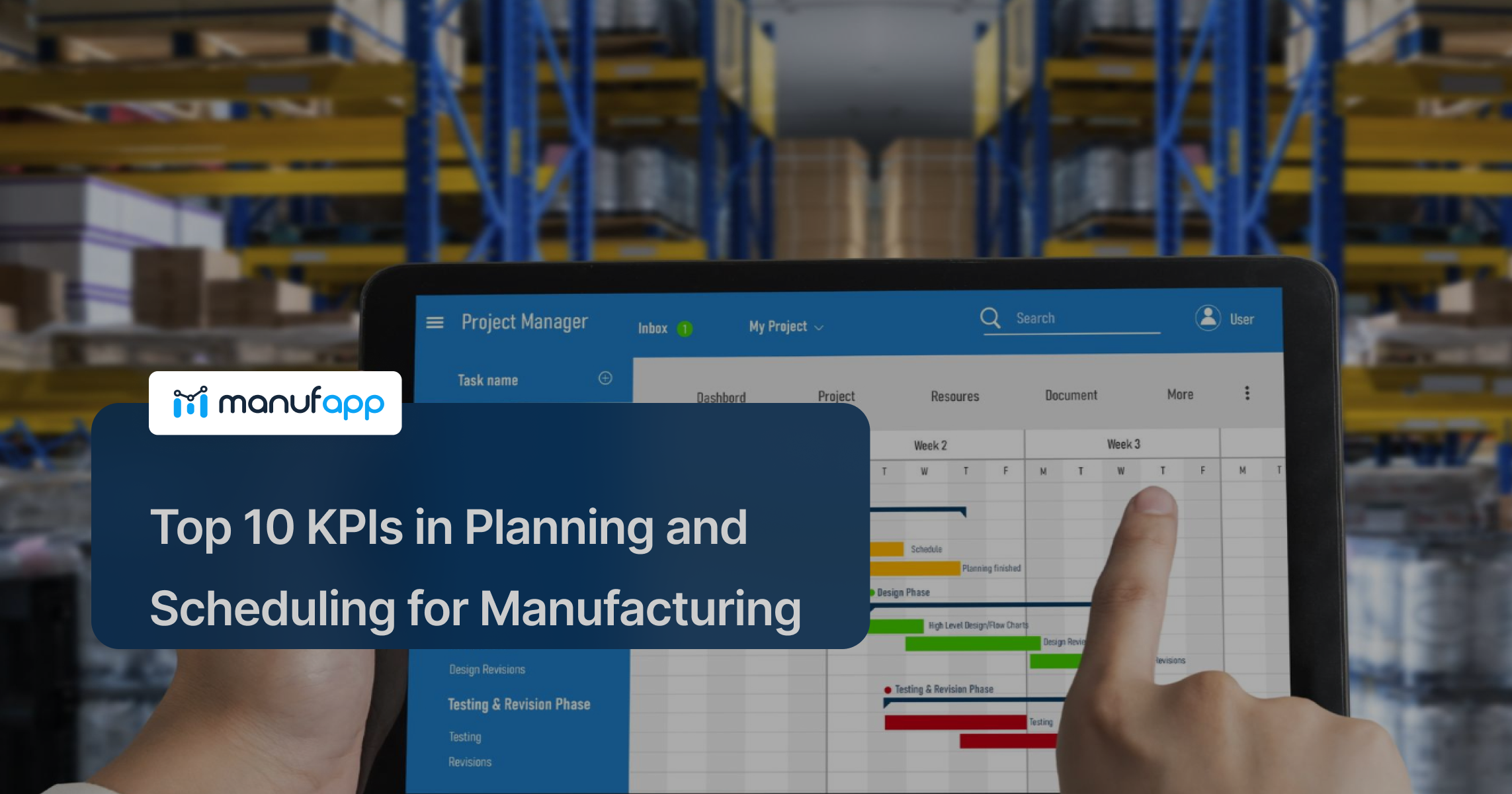In today’s world, data is the new oil, and businesses that understand how to collect, analyze and interpret it are the ones that stay ahead of the competition. As technology advances, companies have access to more data than ever before. But collecting data alone isn’t enough; they need to use it effectively to make informed business decisions. That’s where data analytics comes in. Data analytics helps businesses make sense of complex information by identifying patterns, trends, and insights that can lead to better decision-making. In this blog post, we will dive deep into understanding what data analytics is and its significance in today’s world. We will also discuss why real-time analytics is essential for business intelligence and explore different types of data analysis techniques. Finally, we will look at the future of data analytics and how businesses can prepare for it. Get ready to learn how you can boost your business intelligence with data analytics!
Understanding Data Analytics
Data analytics, a crucial tool for businesses, provides valuable insights from data to make informed decisions. This process involves collecting, cleaning, and analyzing data to identify patterns and trends. By comprehending market trends through data analytics, businesses gain a competitive advantage. Multiple industries, including healthcare and marketing campaigns, utilize data analytics to extract meaningful information. With its ability to answer questions and solve complex problems, data analytics empowers decision makers. From data mining to forecasting, the analytics process encompasses various steps, including data cleaning and regression analysis. Through the integration of different data sets and the use of advanced tools and technologies, businesses can effectively manage their data and enhance data security.
Importance of Real-time Analytics in Business Intelligence
Real-time analytics plays a crucial role in business intelligence by providing up-to-the-minute insights and actionable data that can significantly impact decision-making and operations. Here are 5-6 points highlighting the importance of real-time analytics in business intelligence:
Timely Decision-Making: Real-time analytics enables organizations to make informed decisions quickly. With up-to-the-minute data, businesses can respond rapidly to market changes, emerging trends, and customer preferences, gaining a competitive edge.
Optimizing Operations: Real-time insights help in optimizing various aspects of operations, such as supply chain management, inventory control, and resource allocation. Businesses can adjust processes in real-time to improve efficiency and reduce costs.
Improved Customer Experience: Real-time analytics allows companies to monitor customer behavior and preferences as they happen. This information can be used to personalize marketing efforts, enhance customer service, and tailor products or services to meet specific needs.
Fraud Detection and Security: In industries like finance and e-commerce, real-time analytics are essential for detecting fraudulent activities as they occur. It can trigger immediate alerts and preventive measures to safeguard business interests and customer data.
Enhanced Marketing Effectiveness: Real-time data helps marketing teams track the performance of campaigns in real-time. Adjustments can be made instantly to optimize marketing strategies, allocate resources effectively, and maximize ROI.
Predictive Analytics: Real-time analytics can also support predictive modeling. By analyzing current data in real time, organizations can make more accurate predictions about future trends, demand, and customer behavior, allowing them to proactively plan and strategize.
In summary, real-time analytics in business intelligence empowers organizations to stay agile, respond swiftly to changing market dynamics, improve customer satisfaction, and optimize their operations. It’s a critical tool for businesses looking to thrive in today’s fast-paced, data-driven landscape.
Role of Real-time Analytics in the Manufacturing Industry
Real-time analytics plays a significant role in the manufacturing industry by providing immediate insights into production processes, equipment performance, and overall operations. Here are 5-6 key roles that real-time analytics serves in the manufacturing sector:
Quality Control: Real-time analytics monitors data from sensors and production lines to detect defects or anomalies as they occur. This allows manufacturers to take immediate corrective actions, reducing the likelihood of producing faulty products and minimizing waste.
Production Efficiency: Manufacturing plants rely on real-time analytics to optimize production processes. By continuously analyzing data on machine performance, downtime, and throughput, manufacturers can make real-time adjustments to maximize efficiency and meet production targets.
Predictive Maintenance: Real-time analytics helps predict when equipment is likely to fail based on data from sensors monitoring temperature, vibration, and other indicators. This enables proactive maintenance, reducing unexpected downtime and extending the lifespan of machinery.
Inventory Management: Manufacturers can use real-time analytics to monitor inventory levels and demand patterns. This ensures that raw materials and components are stocked appropriately, preventing shortages or overstock situations.
Energy Efficiency: Real-time analytics can help reduce energy consumption in manufacturing plants by monitoring energy usage patterns and identifying opportunities for optimization. This not only reduces operational costs but also contributes to sustainability efforts.
Supply Chain Visibility: Real-time analytics provides visibility into the entire supply chain, allowing manufacturers to track the movement of materials, components, and finished products in real time. This helps in better coordination with suppliers and customers, reducing lead times and improving overall supply chain efficiency.
Quality Compliance: Manufacturers in regulated industries like pharmaceuticals or food can use real-time analytics to ensure compliance with quality and safety standards. Continuous monitoring and real-time alerts help maintain product quality and safety throughout the production process.
In addition to the above information, according to a 2021 study, *surveying over 1300 manufacturing executives, revealed that just 39% had successfully scaled data-driven use cases beyond the production process of a single product and thus achieved a clearly positive business case.
In conclusion, real-time analytics is a vital tool in the manufacturing industry that enhances quality control, production efficiency, maintenance practices, and overall operational performance. It empowers manufacturers to make data-driven decisions on the shop floor, reduce costs, and deliver higher-quality products to the market.
More information and topics can also be checked in our another blog How Real-Time Data Can Improve Production Line Visibility, this is give more light on the Data Analytics.
Steps Involved in Implementing Data Analytics for Business Intelligence
Implementing data analytics for business intelligence involves several steps to ensure that the process is well-structured and produces actionable insights. Here are the key steps involved in implementing data analytics for business intelligence:
Define Business Objectives:
Start by clearly defining the business objectives and goals you aim to achieve through data analytics. These objectives should align with the overall strategic goals of the organization. What questions do you want data analytics to help answer? What problems are you trying to solve or opportunities to leverage?
Data Collection and Integration:
Gather and integrate relevant data from various sources. This data can include internal sources (e.g., databases, CRM systems) and external sources (e.g., market data, social media, third-party data). Ensure data quality and consistency during this process.
Data Cleaning and Preprocessing:
Clean and preprocess the data to address issues like missing values, outliers, and data inconsistencies. Data preprocessing may also involve transforming data into a suitable format for analysis.
Data Storage and Management:
Set up a data storage and management system that facilitates efficient data retrieval and analysis. Data warehouses or data lakes are common solutions for storing and organizing data.
Select Analytical Tools and Technologies:
Choose the appropriate analytical tools and technologies based on the nature of your data and analysis requirements. This may include selecting data visualization tools, statistical software, machine learning libraries, and business intelligence platforms.
Data Analysis and Modeling:
Perform data analysis and modeling based on the defined business objectives. This step involves applying various analytical techniques such as descriptive analysis, inferential analysis, machine learning, or deep learning, depending on the specific goals.
Data Visualization:
Create visual representations of the analyzed data to make it more accessible and understandable for decision-makers. Data visualization tools can help in generating charts, graphs, dashboards, and reports.
Interpretation and Insights:
Interpret the results of the analysis and extract actionable insights. The insights should answer the questions posed in the initial business objectives and provide guidance for decision-making.
Implementation and Integration:
Implement the insights and recommendations into the organization’s processes and systems. This may involve changes to strategies, operations, marketing campaigns, or product development.
Continuous Monitoring and Improvement:
Establish a process for continuous monitoring of key performance indicators (KPIs) and metrics related to the implemented changes. Use feedback and ongoing data analysis to refine strategies and make improvements.
Data Governance and Security:
Ensure that data governance policies and security measures are in place to protect sensitive data and comply with relevant regulations (e.g., GDPR, HIPAA).
Training and Skill Development:
Provide training and skill development opportunities for employees involved in data analytics to enhance their data interpretation and analysis capabilities.
Feedback Loop:
Establish a feedback loop that allows for ongoing communication between data analysts and business stakeholders to ensure that the analytics process remains aligned with business objectives.
Documentation:
Maintain thorough documentation of data sources, analysis methodologies, and insights to support transparency, replication, and knowledge transfer within the organization.
By following these steps, organizations can successfully implement data analytics for business intelligence, enabling data-driven decision-making and driving business growth and competitiveness.
Is Data Analytics the Future of Business Intelligence?
Data analytics is undeniably the future of business intelligence. In an era where data is generated at an unprecedented rate, harnessing its power is no longer a luxury but a necessity for businesses seeking to gain a competitive edge. Data analytics not only provides real-time insights into customer behavior, market trends, and operational efficiency but also empowers organizations to make informed decisions, predict future trends, and drive innovation. It’s the cornerstone of data-driven decision-making, helping businesses adapt and thrive in an increasingly complex and data-centric world. As technology advances and data volumes continue to soar, the symbiotic relationship between data analytics and business intelligence will only grow stronger, shaping the future of successful enterprises.
Conclusion
In conclusion, data analytics has become an essential tool for businesses to gain valuable insights and make informed decisions. Real-time analytics provides the advantage of instant access to data, enabling businesses to respond quickly to changes in the market and make proactive decisions. With various types of data analysis techniques available, businesses can uncover patterns, trends, and correlations that can drive growth and innovation. As the future of business intelligence, data analytics is expected to continue evolving with emerging trends such as artificial intelligence and machine learning. To prepare for this future, businesses should invest in data-driven strategies, develop analytics capabilities, and foster a data-driven culture within their organization. By harnessing the power of data analytics, businesses can unlock new opportunities and stay ahead in today’s competitive landscape.
https://www.weforum.org/agenda/2022/09/manufacturing-data-advanced-analytics/





